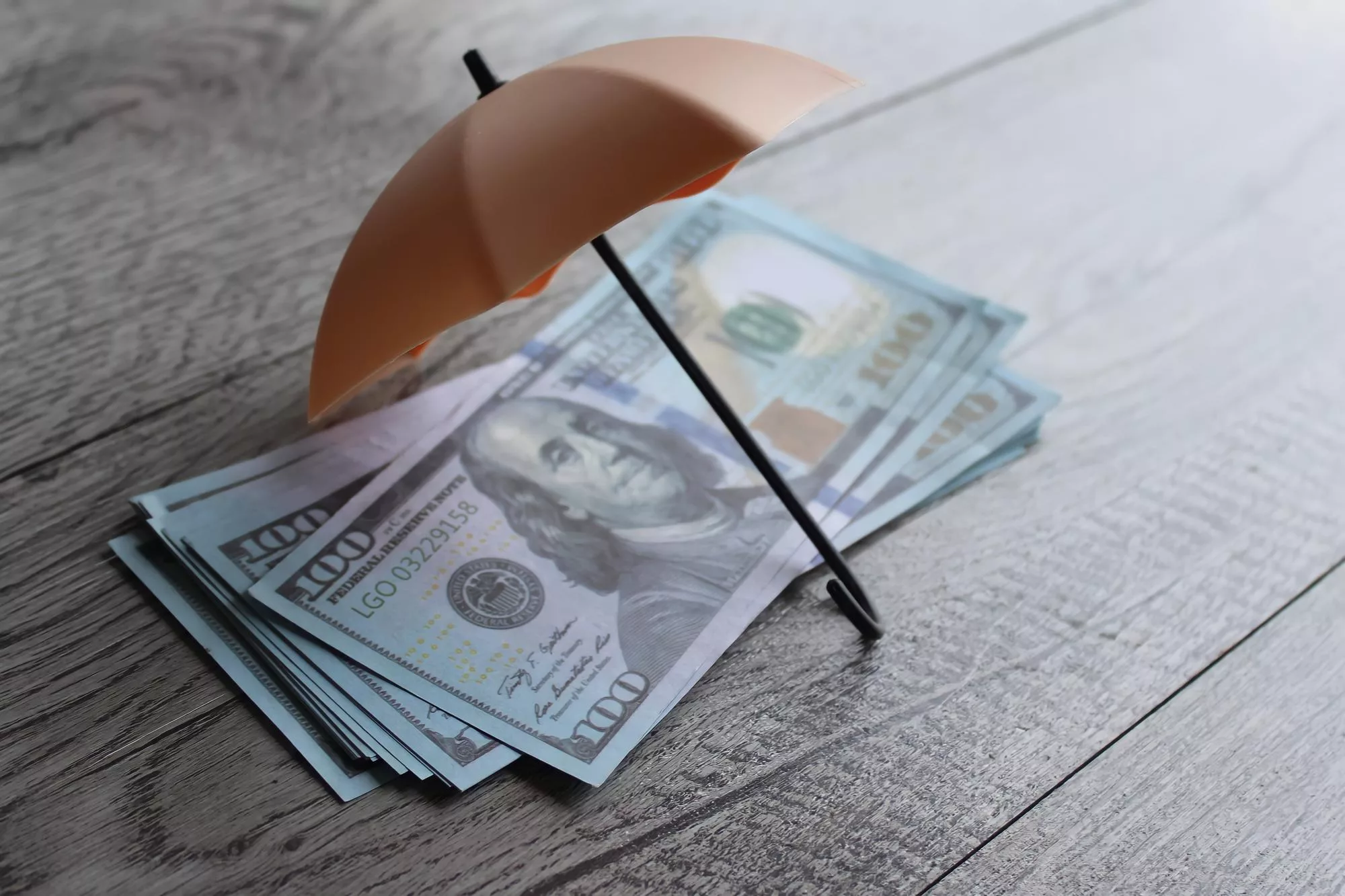
Whether you’re just getting started with saving or already have money in the bank, these earmarked funds would serve for unexpected expenses. In this blog post, we’ll highlight the importance of having an emergency fund and how it can help you in times of financial turmoil.
What is an Emergency Fund?
An emergency fund works like a savings account. The money set aside in it is for use if unexpected expenses or financial deficits arise. It’s crucial to have this account in place to have a safety net in case of an emergency. It should not be confused with a vacation fund or account for luxury purchases.
A general guideline is to aim to save enough in the emergency fund to cover at least three to six months’ worth of essential living expenses, including but not limited to bills, groceries, and transportation costs. This will provide a buffer to help you weather a difficult financial situation without having to rely on debt or loans.
The Benefits
Having an emergency fund can provide peace of mind and security during difficult times. If you lose your job or incur unexpected medical bills, the money can help bridge the gap until you can get back on your feet financially.
An emergency fund also means that you don’t have to turn to high-interest credit cards when faced with a financial crisis. Withdrawing from an existing savings account instead of taking on debt can save you thousands down the road in interest payments.
Building
When building your emergency savings, establishing a distinct account dedicated solely to this purpose is crucial. This will help you to differentiate it from any other savings accounts you might have for different objectives such as buying a home or planning a trip.
Having a separate account for your emergency fund will make it easier for you to keep track of your savings and make sure that the funds are there when you need them. This will help you ensure that the money you’ve saved for emergency expenses is not used for other purposes and is readily accessible to you when you need it. Automating transfers from each paycheck into the account can also make it easier to build up your balance without having to think about it too much.
Consider breaking down your goal into small increments over time so that it doesn’t seem overwhelming; every little bit helps! If possible, try not to touch the money unless there is a true emergency; if need be, set reminders or place sticky notes around as helpful visual cues that remind you not to dip into these funds unless necessary!
An emergency fund is one of the most important steps you can take toward ensuring financial success and stability over time. No matter where you are in life financially, having extra cash set aside for unanticipated events can make all the difference when facing financial hardship. Creating automatic transfer plans and breaking down the savings process into smaller goals can make the task of building an emergency fund more attainable. With some discipline and patience, before long your nest egg will be ready whenever life throws its curveballs!